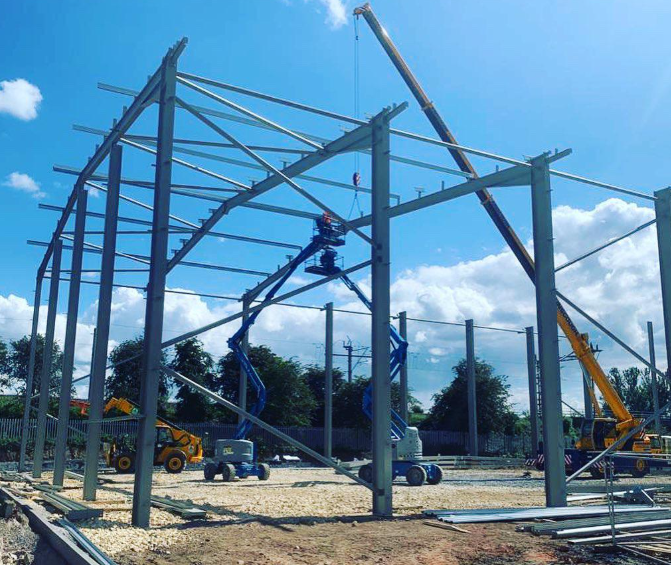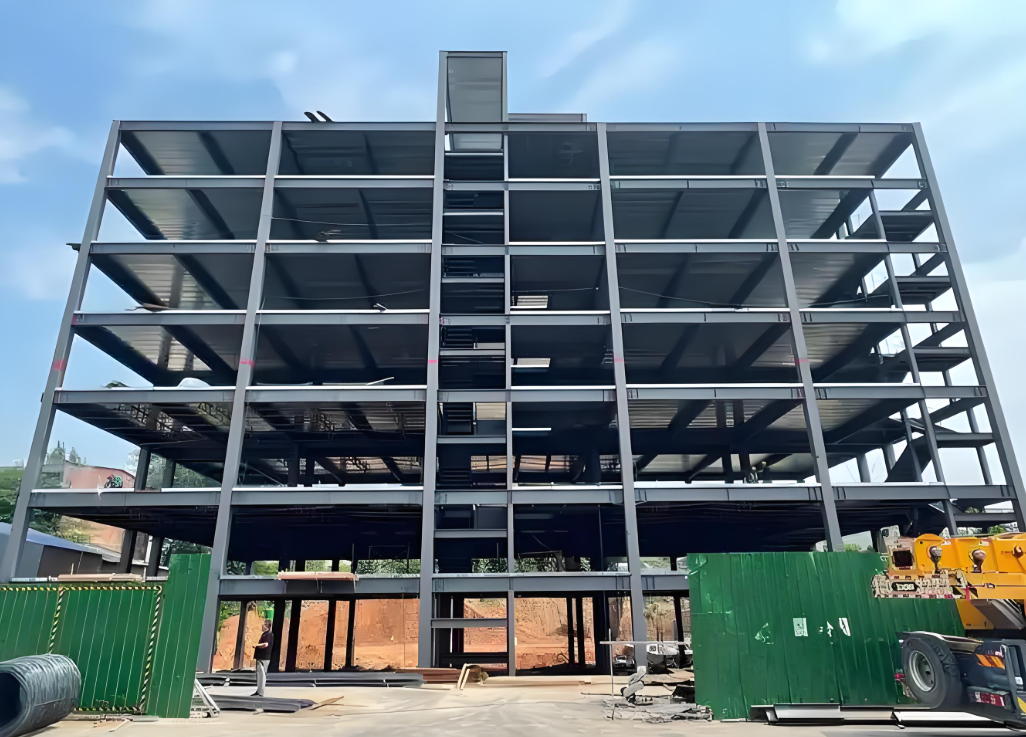Safety Inspection and Evaluation of Steel Structure Projects
The application of steel structure engineering in the field of architecture has become increasingly widespread. Steel-framed factories are one of the primary choices for many enterprises for production purposes. Due to historical reasons, a large number of industrial steel-framed factories lacking formal planning, construction, and supervision (so-called "three-no" factories) are still in use, posing significant structural safety hazards. To ensure the structural safety of these factories, conducting structural safety evaluations is particularly crucial.

Steel-framed buildings differ from ordinary reinforced concrete buildings in that they have higher stability requirements. According to incomplete statistics, among the buildings that have experienced structural safety accidents in the past decade, nine out of ten were steel-framed buildings. This highlights the extremely high accident rate of steel-framed buildings. The root cause lies in their light weight, large span, weak wind and lateral resistance, and high stability requirements. The domestic construction technology varies widely, with frequent blind and risky construction practices, where experiences from reinforced concrete construction are blindly applied to steel structures, leading to accidents such as inclination, excessive deformation, and even collapse. Therefore, strict requirements should be imposed on steel-framed buildings, and construction should follow plans. Professional inspection companies should conduct inspections throughout the construction process or upon completion. After completion, regular observations should be conducted, with inspections recommended every ten years to closely monitor the development of the buildings.
As we all know, the primary concerns of steel structures focus on the stability of the superstructure, the strength of components, and the stability of foundations. We will delve into these three aspects, combining them with the order of evaluation work, to understand their importance in the safety evaluation of steel-framed factories.

The stability of steel structures can be divided into two types: the stability of the entire structure and the stability of individual components. The stability of the entire structure relies primarily on its support system in the longitudinal direction, such as the bracing between steel columns and the horizontal and vertical braces of steel roof trusses. The support system must reliably transmit longitudinal horizontal loads (wind loads, earthquake loads, crane loads in factories, etc.). In the transverse direction, the stiffness of the structure itself (framework or bent frame) ensures stability, primarily considering its ability to reliably transmit transverse horizontal loads. The stability of individual components primarily depends on the stiffness of their constituent parts, ensuring that the components and their parts (members or plates) do not buckle and lose stability under load (this primarily occurs in compressed or compressed-bent components).



